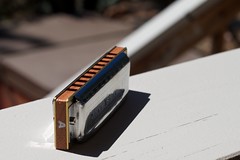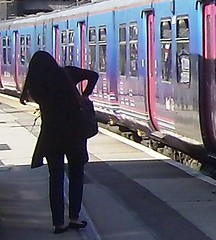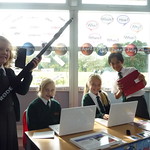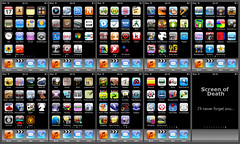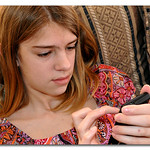 George Spencer Academy is a mixed secondary school in Nottingham, England, with 1350 students aged 11-18. Although it is located in a large town, it has only a small proportion of students who are eligible for free school meals.
George Spencer Academy is a mixed secondary school in Nottingham, England, with 1350 students aged 11-18. Although it is located in a large town, it has only a small proportion of students who are eligible for free school meals.
The school decided to go down the BYOD road in order to be able to explore the potential of personal devices without incurring costs of purchase, training or technical support. The idea also fits very well with the school’s vision, which is concerned with giving a personalised learning experience to all students.
 The unique challenge for the Children's Hospital School is balancing the need and desire to enable all long stay students to be able to access their own device with the need for security. Although this challenge is faced by other schools, the uniqueness in this case stems from the fact that 80% of the student population changes very frequently, so the school has little idea what devices students will be bringing.
The unique challenge for the Children's Hospital School is balancing the need and desire to enable all long stay students to be able to access their own device with the need for security. Although this challenge is faced by other schools, the uniqueness in this case stems from the fact that 80% of the student population changes very frequently, so the school has little idea what devices students will be bringing. The unique challenge for the Children's Hospital School is balancing the need and desire to enable all long stay students to be able to access their own device with the need for security. Although this challenge is faced by other schools, the uniqueness in this case stems from the fact that 80% of the student population changes very frequently, so the school has little idea what devices students will be bringing.
The unique challenge for the Children's Hospital School is balancing the need and desire to enable all long stay students to be able to access their own device with the need for security. Although this challenge is faced by other schools, the uniqueness in this case stems from the fact that 80% of the student population changes very frequently, so the school has little idea what devices students will be bringing.

